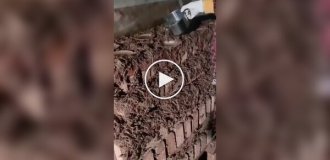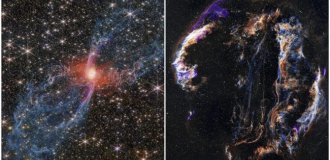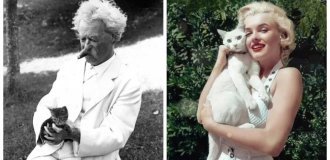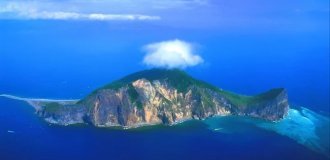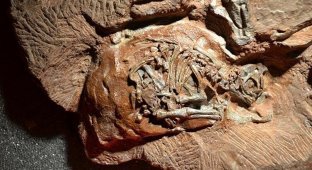The history of the strangest act of vandalism in paleontology (5 photos)
Researchers from the University of Bristol have found new facts about the darkest and strangest event in paleontology. IN In 1870, vandals destroyed the rarest skeletons and models with sledgehammers, destined for display at the first dinosaur museum in New York. Who agrees was it standing? 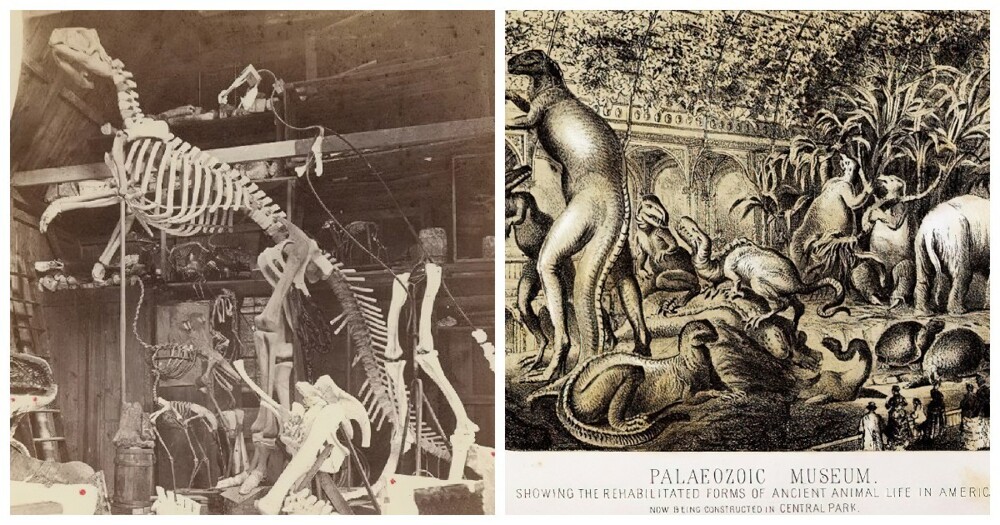
For more than a hundred years, historians believed that "the greatest act vandalism in the history of the study of dinosaurs" blamed William "Boss" Tweed, the most influential political figure in New York at the time.
However, recent research suggests that a new suspect has emerged in the case. 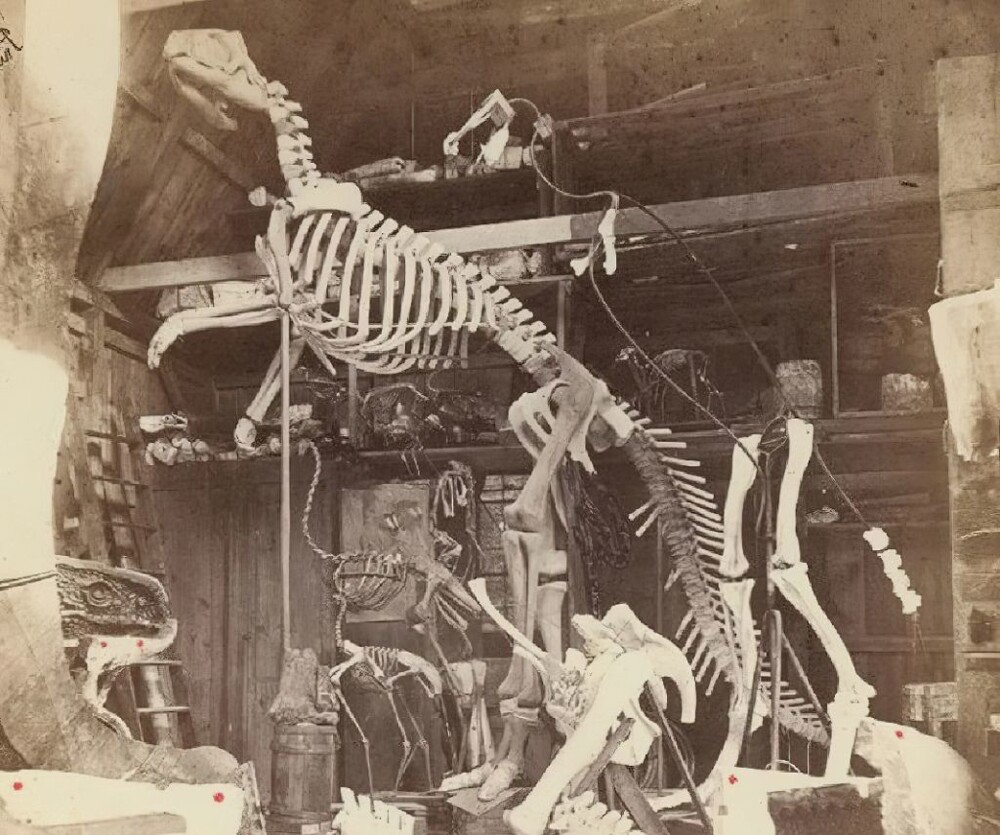
Workshop of Benjamin Waterhouse Hawkins with skeletons and life-size restorations of dinosaurs and other animals
Recent article by Victoria Coles from the Department of Art History Bristol and Professor Michael Benton of the Bristol School of Geosciences sheds new light on the incident and, unlike earlier research, determines who was really behind the order to destroy exhibits and what motivated this person.
Scientists believe that the main culprit is a certain Henry Hilton, who was at the time treasurer and vice president of Central Park.
In 1870, paleontology was still in its infancy. state, and new discoveries made by scientists in different parts of the world, fueled curiosity for huge extinct animals. At the Paleozoic Museum works by Benjamin Waterhouse Hawkins were to be presented, English naturalist painter - he aroused interest in dinosaurs in the United States by exhibiting the world's first installed dinosaur skeleton in Philadelphia in 1868. 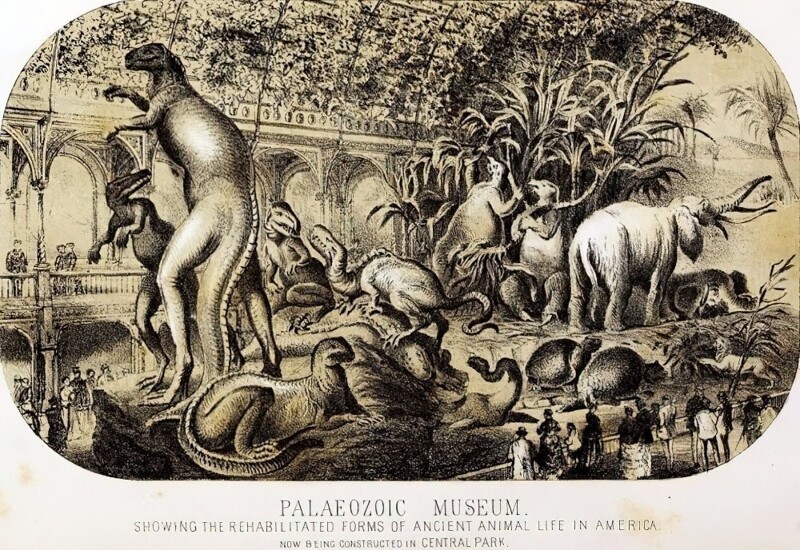
Conceptual drawing of the Paleozoic Museum by Benjamin Waterhouse Hawkin, 1868
To create full-size models of complex dioramas within preparing for display at the New York Museum, Hawkins used fossils. However, in 1870 the museum was closed by the Central Park controlled by Tweed. After a few months vandals destroyed all of Hawkins' models, casts, and studio.
“It all has to do with the struggle for control of New York in the years after the American Civil War (1861-1865), says Victoria Coles. — A power struggle was in full swing - a battle for control of the city's finances and lucrative construction and development contracts.
As the city grew, the Central a park. There should have been not only green spaces, but also others. attractions, including the Paleozoic Museum.
Professor Benton explains: “In previous reports on this act of vandalism has always been reported as being personal indication of "Boss" Tweed himself for various reasons, from indignation at the fact that demonstration would be blasphemy, to the point of retaliation for alleged criticism in his address in the New York Times Report on Project Cancellation". 
William "Boss" Tweed (1823–1878)
“Reading these reports, I realized that something does not fit, — Coles continues. - At the time when Tweed was fighting for his political career, he has already been accused of corruption and financial fraud, so why was he so involved in the museum project? So we're back to original sources and discovered that it was not a Tweed, and there was no motive blasphemy or an insult to vanity."
American Museum of Natural History (AMNH) and zoo Central Park were two additional projects in the Central park, which were built at the same time, which complicated the situation. But how Professor Benton explained, “using detailed annual reports and minutes of Central Park, as well as reports in the New York Times, we can show that the real villain was one strange character named after Henry Hilton.
“Since all primary sources are now available online, we could study them in detail,” Coles adds. And we can show that the order for destruction was given at a meeting by the real culprit incident, Henry Hilton, treasurer and vice president of the Central park, - and the order was executed the next day after this meeting. 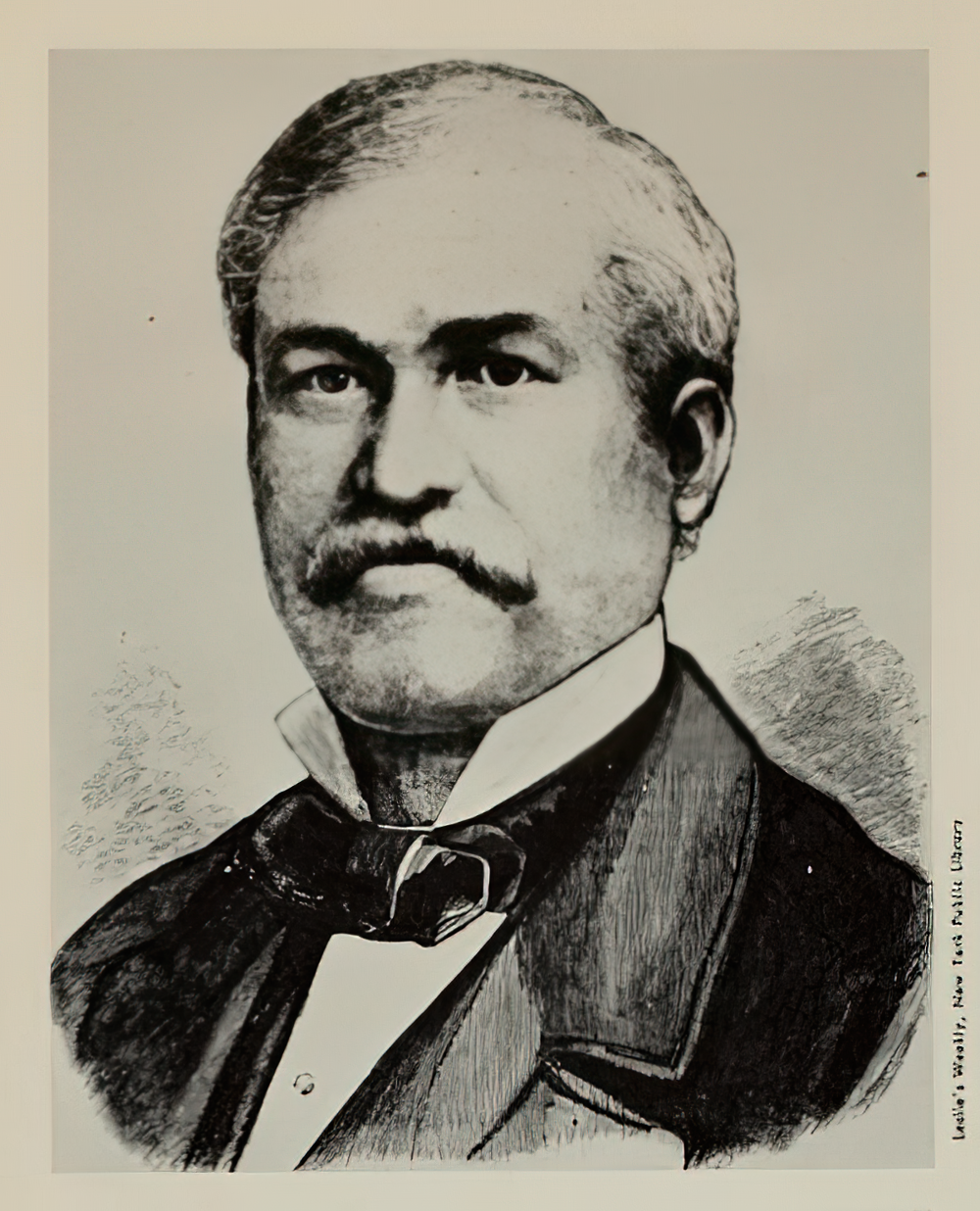
Henry Hilton (1824–1899)
“It may seem insignificant, but knowing what is on actually happened, is extremely important for our understanding of history paleontology,” says Benton. — We show that it was not blasphemy or petty revenge on William's partTweeda, but it was act of a very strange man who accepted no less strange decisions about how artifacts should be handled - painted statues or whale skeletons in white and destroyed museum models. It can be regarded as a villain in the work, but as a character Hilton remains an incomprehensible riddle for us."
Henry Hilton is also known for other eccentric decisions. There is evidence that when he noticed a bronze statue in the park, he ordered it to be painted white, and when the American Museum natural history was presented with the skeleton of a whale, he also ordered to paint him in white. He, apparently, was an expert.






